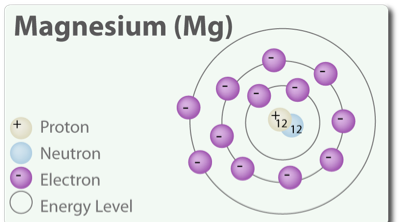
There are 10 electrons because 12-2 = 10. There are 12 protons from the magnesium atom. This is a beta - particle, and can also be written as e."e" represents an electron, but when it has as positive charge it is a positron. 0 protons, 0 neutrons, 0 electrons, 1 positron.There are 18 electrons due to the negative charge: 17-(-1) = 18. According to the periodic table, there are 17 protons because the element is chlorine. There are two protons because the element is helium. This is an alpha particle which can also be written as 4He 2 +.14 is the atomic mass number in the superscript. There are 6 electrons because the atom is neutral. There are 6 protons in accordance with the proton number in the subscript.Identify the subatomic particles present in the following: There are 4 protons, 5 neutrons, and 4 electrons. Fill in the rest of the table: Atomic Numberġ. Arrange the following elements in order of increasing (a) number of protons (b) number of neutrons (c) mass.Ģ7Co, when A=59 56Fe, when Z=26 11Na, when A=23 80Br, when Z=35 29Cu, when A=30 55Mn, when Z=25ĥ. Charge -1, 18 electrons, mass number 36.Ĥ.(The periodic table is required to solve these problems) Given the following, identify the subatomic particles present. Identify the subatomic particles (protons, electrons, neutrons, and positrons) present in the following:ģ. Identify the number of protons, electrons, and neutrons in the following atom.Ģ. Note: The atomic mass number is not the same as the atomic mass seen on the periodic table. Charge is written with the number before the positive or negative sign.In ions, # Electrons = # Protons - (Charge).In neutral atoms, # Electrons = # Protons.# Protons = Proton Number or Atomic Number.Proton number(or atomic number) is abbreviated Z.Atomic mass number is abbreviated as A.# Neutrons = Atomic Mass Number - Proton Number.In neutral atoms, the charge is omitted.Ībove is the atomic symbol for helium from the periodic table, with the atomic number, elemental symbol, and mass indicated.Įvery element has a specific number of protons, so the proton number is not always written (as in the second method above).

The atomic mass number of Carbon is 12 amu, the proton number is 6, and it has no charge. Therefore, there are various non-equivalent definitions of atomic radius.\).
#ATOMIC NUMBER OF MAGNESIUM FREE#
However, this assumes the atom to exhibit a spherical shape, which is only obeyed for atoms in vacuum or free space. The atomic radius of a chemical element is a measure of the distance out to which the electron cloud extends from the nucleus. It must be noted, atoms lack a well-defined outer boundary. The atomic radius of Magnesium atom is 141pm (covalent radius). Note that, each element may contain more isotopes, therefore this resulting atomic mass is calculated from naturally-occuring isotopes and their abundance. The atomic mass is carried by the atomic nucleus, which occupies only about 10 -12 of the total volume of the atom or less, but it contains all the positive charge and at least 99.95% of the total mass of the atom. The atomic mass or relative isotopic mass refers to the mass of a single particle, and therefore is tied to a certain specific isotope of an element. Mass numbers of typical isotopes of Magnesium are 24 25 26. Isotopes are nuclides that have the same atomic number and are therefore the same element, but differ in the number of neutrons. The difference between the neutron number and the atomic number is known as the neutron excess: D = N – Z = A – 2Z.įor stable elements, there is usually a variety of stable isotopes. Neutron number plus atomic number equals atomic mass number: N+Z=A. The total number of neutrons in the nucleus of an atom is called the neutron number of the atom and is given the symbol N.


The total electrical charge of the nucleus is therefore +Ze, where e (elementary charge) equals to 1,602 x 10 -19 coulombs. Total number of protons in the nucleus is called the atomic number of the atom and is given the symbol Z. Magnesium is a chemical element with atomic number 12 which means there are 12 protons in its nucleus. Atomic Number – Protons, Electrons and Neutrons in Magnesium


 0 kommentar(er)
0 kommentar(er)
